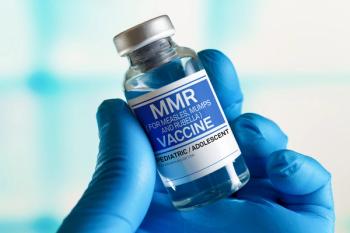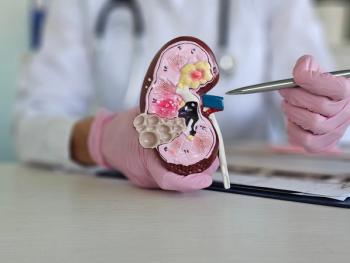
Immune Cell Injections Safe and Effective for Multiple Myeloma
Treatment utilizes immune cells grown from patient bone marrow to treat multiple myeloma.
Treatment utilizes immune cells grown from patient bone marrow to treat multiple myeloma.
Immune cells grown from patients’ own bone marrow were able to be safely injected to treat multiple myeloma, a recent clinical trial found.
Published in the May 20, 2015 edition of Science Translational Medicine, the study evaluated the use of a specific type of the T-cell called marrow-infiltrating lymphocytes (MILs).
"What we learned in this small trial is that large numbers of activated MILs can selectively target and kill myeloma cells," trial lead Ivan Borrello, MD, said in a press release.
MILs, which attack foreign cells like bacteria or viruses, are normally inactive and too few to have a measurable impact on cancer. Prior research indicated that activated MILs could selectively target and kill myeloma cells in the laboratory setting.
The current clinical trial included 22 patients with newly diagnosed or relapsed multiple myeloma. The scientists used MILs from each patient's bone marrow, which were grown in a laboratory to increase its numbers, before being activated by microscopic beads coated with immune activating antibodies.
Three days before the patients were injected with the expanded MILs, patients were treated with high doses of chemotherapy and a stem cell transplant. One year after the MILs therapy, 13 of the 22 patients experienced at least a partial response to therapy, with their cancers having shrunk by at least 50%.
Meanwhile, 7 patients saw at least a 90% reduction in tumor cell volume and lived an average of 25.1 months without cancer progression, while the remaining 15 patients had an average of 11.8 progression-free months.
None of the patients experienced serious side effects from MILs therapy.
Overall survival was 31.5 months for patients who experienced disease reduction under 90%, but that number has yet to be reached in patients with better responses. The average follow-up time is currently set at more than 6 years.
"Typically, immune cells from solid tumors, called tumor-infiltrating lymphocytes, can be harvested and grown in only about 25 percent of patients who could potentially be eligible for the therapy,” said Kimberly Noonan, PhD, a research associate at the Johns Hopkins University School of Medicine in a press release. “But in our clinical trial, we were able to harvest and grow MILs from all 22 patients.”
Newsletter
Stay informed on drug updates, treatment guidelines, and pharmacy practice trends—subscribe to Pharmacy Times for weekly clinical insights.














































































































































































































